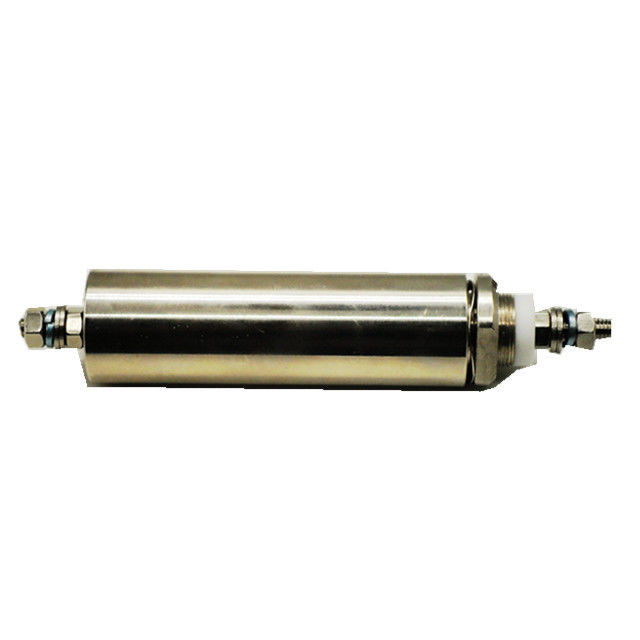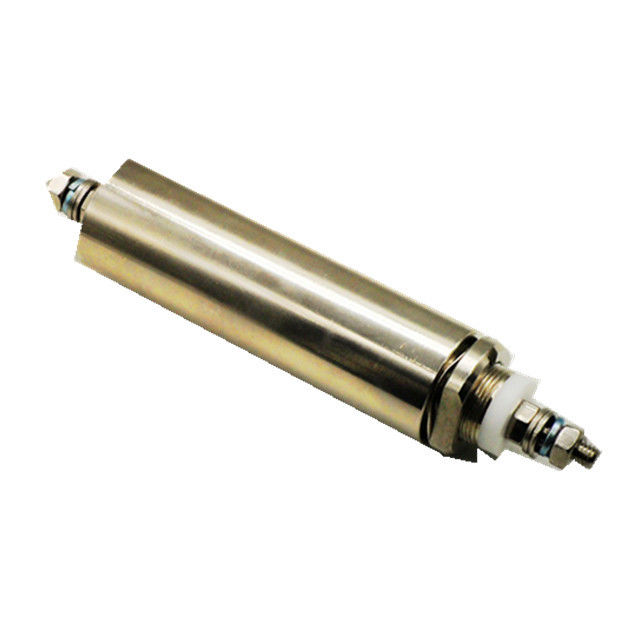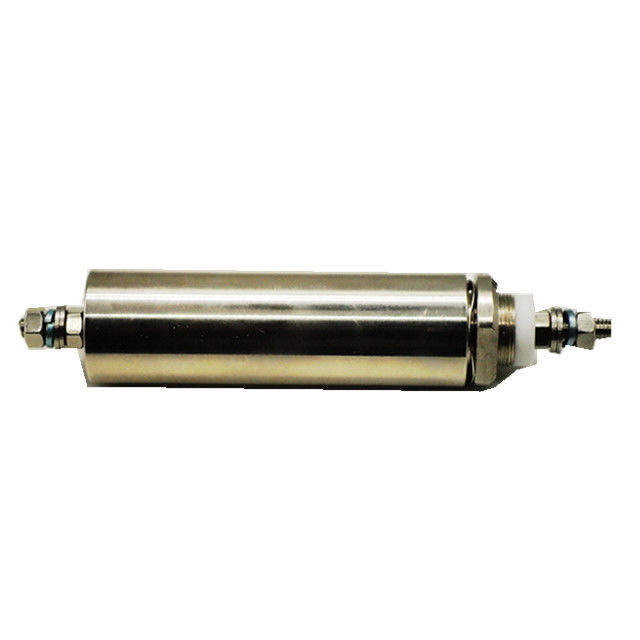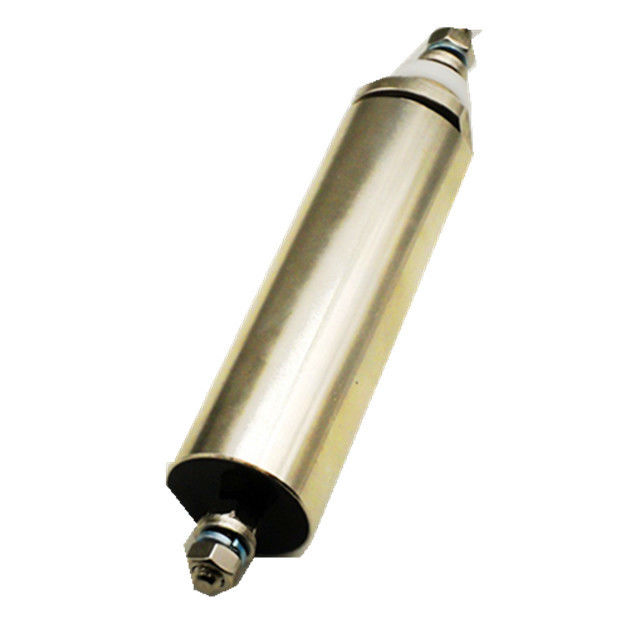
250VAC 50A Emc High Current Feedthru Capacitors Electrical Interference Filter high quality
-
Highlight
high current feedthrough capacitors
,Emc feedthrough capacitors
,emi feedthrough capacitors
-
TypeEMI Filter
-
Transfer FunctionLow Pass
-
Package TypeThrought Hole
-
Nominal Center Frequency50/60Hz
-
3dB Bandwidth4k
-
Insertion Loss100db
-
Input Impedance50ohm
-
Stopband Attenuation70-100dB
-
Rated Voltage250VAC
-
Rated Current50
-
LINES NUMBER1
-
ApplicationRF Shielding
-
Test VoltageL-G 1000VDC
-
Insulation Resistance1000M Ohm
-
Shielding Effective100dB @ 14K-40GHz
-
PortChangzhou Shanghai Hangzhou Or Others
-
Place of OriginJiangsu, China
-
Brand NameNenglv
-
CertificationCE RoHS
-
Model NumberHZ-50DTC
-
Minimum Order Quantity>=50 Pieces
-
Price$40.00
-
Packaging Details100 PCS IN ONE CARTON THE GROSS WEIGHT OF ONE CARTON IS ABOUT 20KG
-
Supply Ability10000 Piece/Pieces per Week
250VAC 50A Emc High Current Feedthru Capacitors Electrical Interference Filter high quality
Most electric and electronic devices—such as motors, power supplies, and microprocessors—generate some degree of high-frequency electromagnetic noise. Although a common issue, the noise produced can prove to be problematic, especially in critical operations, as it degrades the quality of signal and power transmissions.
Electromagnetic interference (EMI) filters are one solution industry professionals employ to mitigate the effect of electromagnetic noise on power and signal lines. By using the devices in their electrical and electronic equipment, they enhance system performance by redirecting and reducing the noise by canceling or grounding the line.
Technical Specification
- Rated voltage:250VAC/600VDC
- Rated current: 1A-300A
- Operating frequency: 50/60Hz
- Temperature range : 40/085/56
Custom EMI Filters
Our team fully understands that an off-the-shelf solution may not be right for every customer. Fortunately, as experts in electromagnetic interference filtration, we have the knowledge and skills to design and build custom EMI filters to meet unique needs.
We provide full-service custom solutions, offering customer support from project concept to project completion. Our services include design and analysis of the filter circuit, design and layout of the packaging, prototyping, and testing, all of which are optimized to deliver the highest quality at the best possible price. We accommodate custom filter designs with voltage ratings between 0 to 400 VDC and 0 to 480 VAC, current ratings between 0 to 400 A, and frequencies up to 400 Hz. Higher ranges are also available upon request.
How Do EMI Filters Work?
EMI filters exist as separate or integrated devices in electrical and electronic equipment. In simplest terms, within such equipment, they act as low-pass filters for unwanted—generally high-frequency—current. They consist of passive electrical components—including inductors and capacitors—that, when assembled together, form a complete LC circuit. The inductor component allows low-frequency and DC currents to pass through uninhibited and blocks high-frequency current (i.e., the noise). Once blocked, the low impedance path provided by the capacitor component directs the noise back into the power supply or a grounded connection.
Since EMI filters are only capable of diverting conducted interference, the devices are often combined with shielding and insulation components to block radiated noise that travels through the air. Radiated interference is especially a concern when there is a significant length of conductor between the filter and the interference source. If there is only a short length of wire between the filter and the noise source, the EMI filter alone may suffice.
![]()






